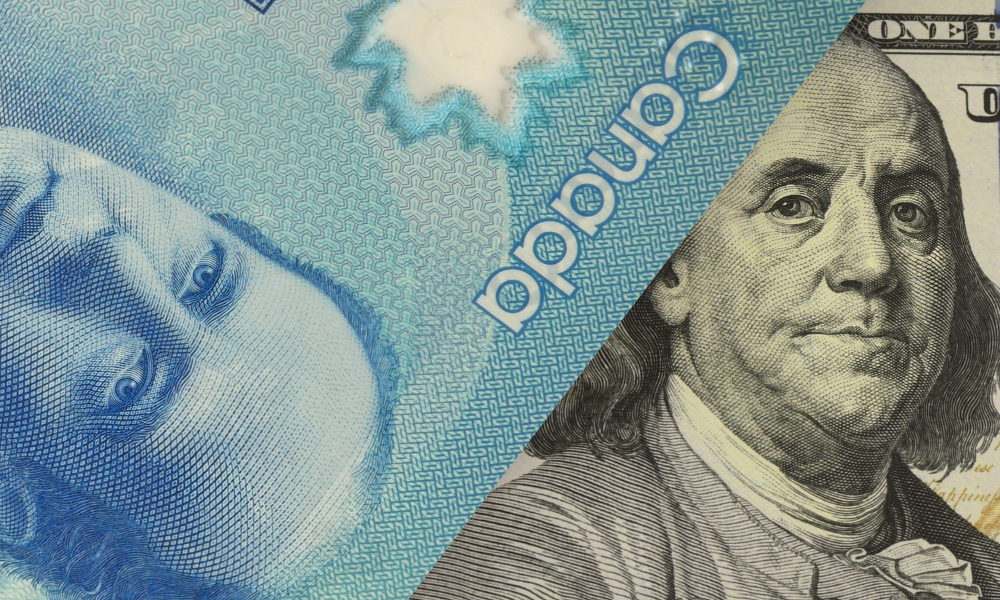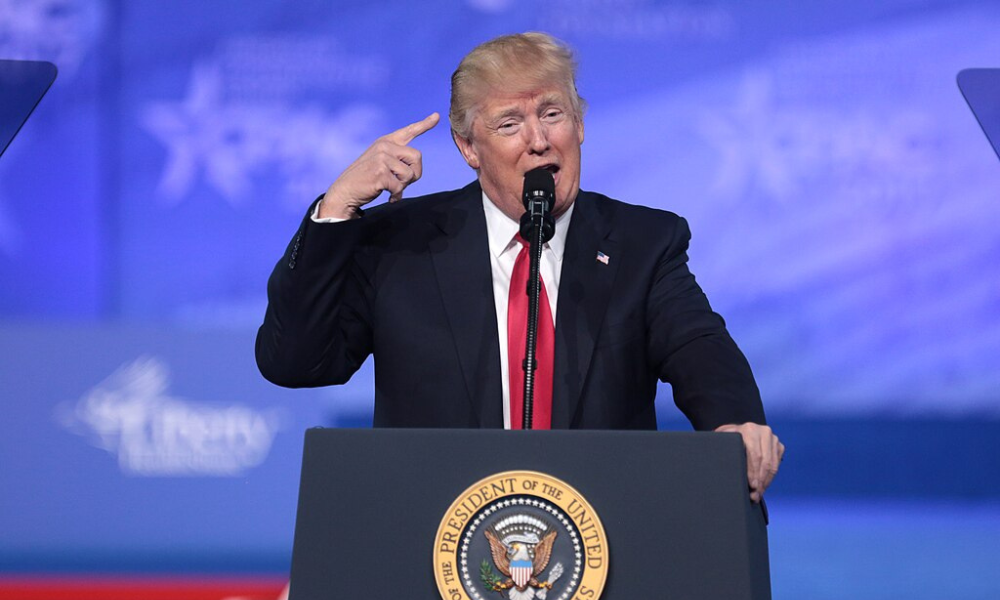Loonie drops 0.7% as Bank of Canada faces pressure amid trade-driven labour strain

The Canadian dollar weakened on Friday against the US dollar, reversing part of its weekly gain, as oil prices fell, and domestic employment data showed early signs of strain from global trade tensions.
According to Reuters, the loonie declined 0.7 percent to 1.4195 per US dollar, or 70.45 US cents.
It had earlier traded in a range of 1.4054 to 1.4242 and reached 1.4025 on Thursday—its strongest intraday level since December 6—after Canada avoided new tariffs.
Despite Friday's dip, the Canadian currency gained 0.9 percent over the week.
According to the latest employment report, Canadian employment dropped by 33,000 in March, marking the first monthly decline in more than three years.
The unemployment rate rose to 6.7 percent as concerns over trade tariffs began affecting hiring decisions.
“It does feel like that we should see the labour sector come under a bit more strain in the coming months and that might require a bit more action from the Bank of Canada than the market was expecting,” said Bipan Rai, head of ETF and structured solutions strategy at BMO Global Asset Management.
Following the jobs data, market expectations for a rate cut by the Bank of Canada at its April 16 meeting rose to 65 percent, up from 50 percent prior to the release.
Oil, one of Canada’s main exports, dropped 7.5 percent to $61.93 a barrel, compounding a steep decline from the previous day. The fall came as China retaliated in an intensifying trade dispute with the United States.
“Any currency tied to oil should feel some of that pain,” Rai added.
Meanwhile, data from the United States showed some resilience in the labour market, helping the greenback regain some ground against a basket of major currencies.
The yield on the Canadian 10-year bond fell 10 basis points to 2.829 percent, after earlier hitting 2.783 percent—its lowest level since May 2023.
Over the weekend, the loonie held near Friday’s level and traded within a tight range as markets awaited further developments, according to Bloomberg.
As of early Monday trading, it hovered around 1.4180 to the US dollar, reflecting cautious sentiment amid global economic uncertainty.
The Globe and Mail reported a notable shift in investor behaviour regarding the US dollar’s status as a safe-haven asset. Despite stock market declines following US tariff announcements, investors did not flock to the dollar.
Instead, the currency dropped 1.7 percent on Thursday—its largest single-day decline since November 2022.
Analysts cited US President Donald Trump’s protectionist policies, increasing US debt, and disruption to the post-WWII global economic order as reasons behind eroding trust in the greenback.
Thierry Wizman, global foreign exchange and rates strategist at Macquarie, said, “What we’re seeing today is a further indication that the structure and nature of the US dollar’s relationship to global markets has changed”
Per Jansson, Sweden’s central bank deputy governor, warned that a shift in the dollar’s reserve currency status could “create a mess” for the world economy.
Meanwhile, foreign investment in US assets—which had risen to US$62tn in 2024 from US$13tn a decade ago—has shown signs of reversing, with US equities down 8 percent this year and other markets, including Germany and Hong Kong, up roughly 12 percent.
Brad Setser of the Council on Foreign Relations suggested the dollar’s trajectory would depend on how the US economy absorbs the impact of tariffs. However, higher US bond yields still support dollar attractiveness for some investors.
UBS’s James Malcolm compared the current environment to the 1980s pre-Plaza Accord period and suggested a similar shift might result in “the dollar going down a lot more.”
Speculation about a potential “Mar-a-Lago Accord” to weaken the dollar has emerged, although it remains uncertain.
Antonio Fatas of INSEAD noted, “The problem is that we don’t have an alternative to the dollar – and that is why this is going to be painful.”



